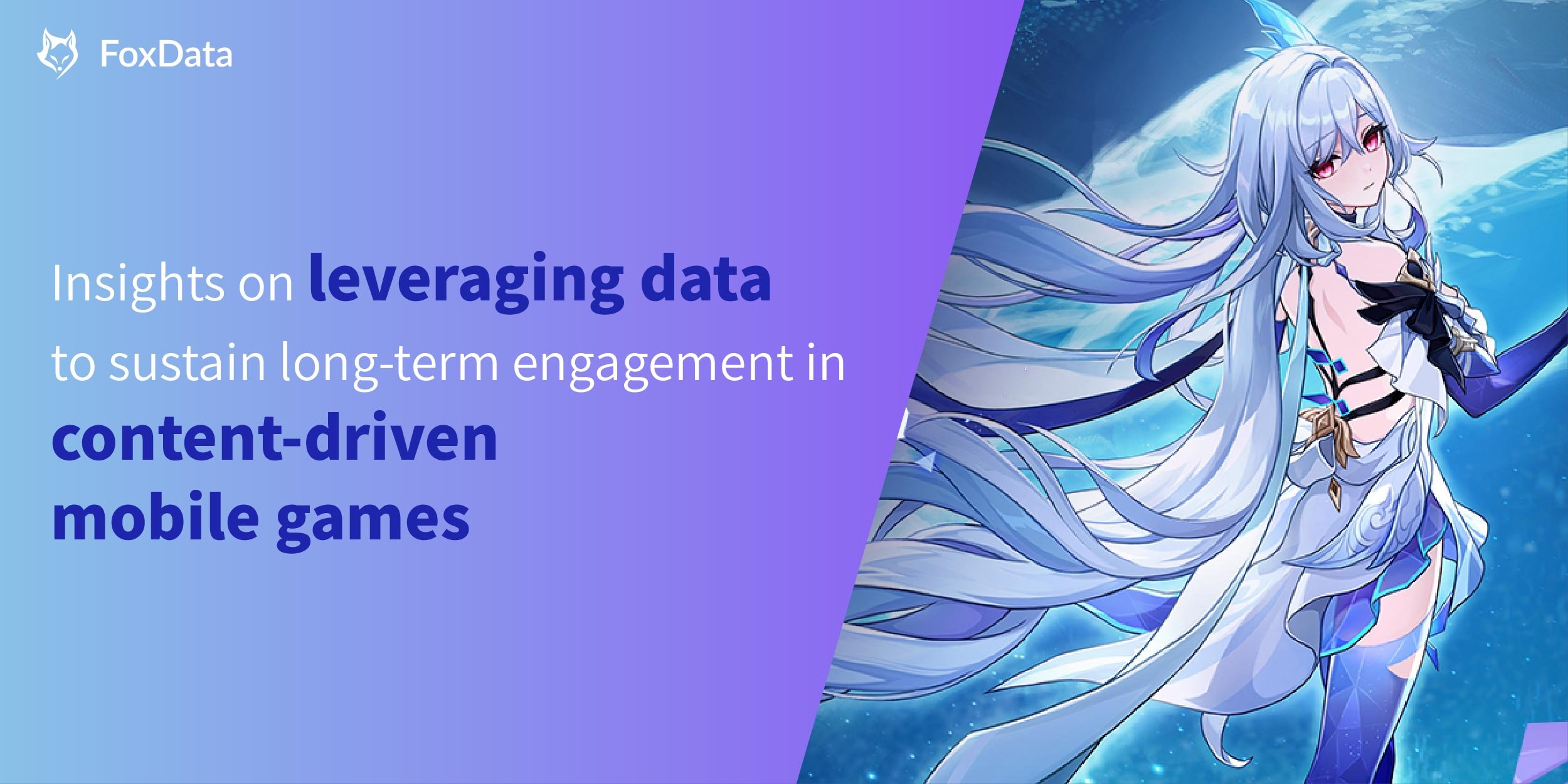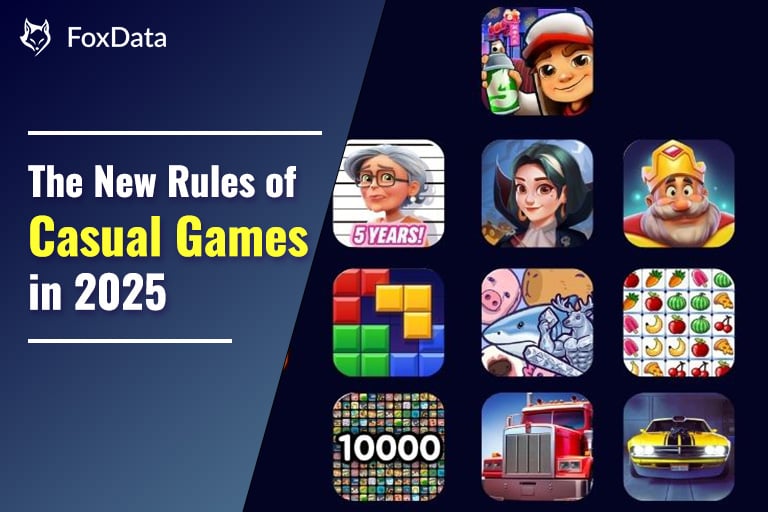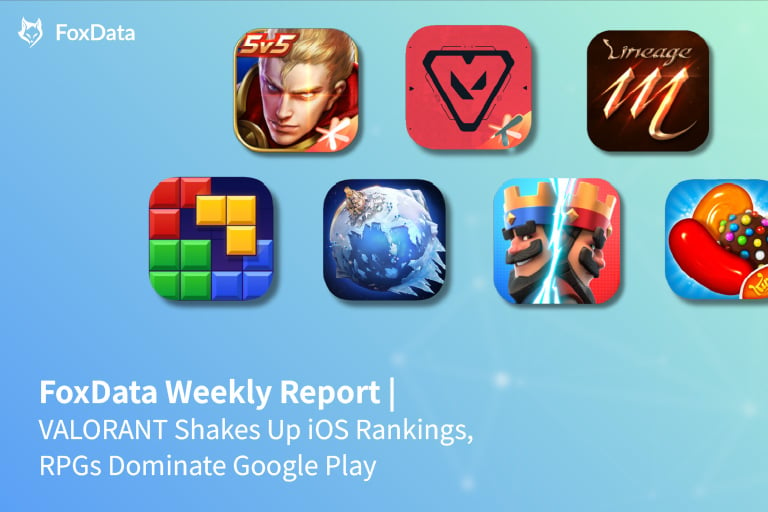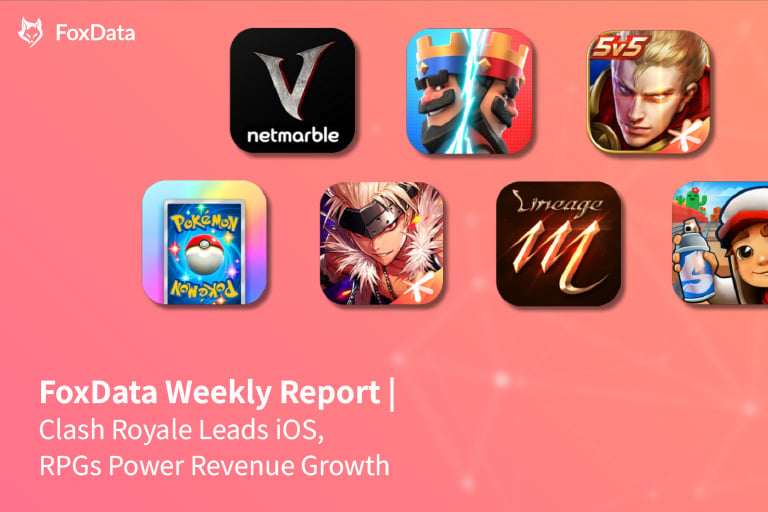Genshin Impact Returns to Bestseller List: Using Data to Optimize Content-Driven Mobile Games
From Top of the Sales Charts to Lifecycle Management: Genshin Impact's Shift Toward an Operational Product
In June 2025, following the launch of the 5.7 version "Skirk" featuring the new character, Genshin Impact re-entered the top of the iOS best-sellers chart in China, ranked second in Japan, and sixth in the United States.
"Genshin Impact" version 5.7 "Skirk" character is online
It has been fourteen months since its previous impressive performance on these charts—specifically, in April 2024, with the 4.6 version "Servant."
Genshin Impact reclaims the top spot on China's iOS App Store bestseller chart on June 18th
Genshin Impact ranked second on the Japan iOS top charts on June 19th
Genshin Impact ranked sixth on the US iOS top charts as of June 18th
Some media outlets interpret this as a "rebound after a decline," but from the perspective of product lifecycle management, it appears more like an initial phase of transformation for a high-volume content product, shifting from "scale-driven" growth to a focus on "structural efficiency and long-term user value" after five years of operation.
Based on market channels and user observations, we see that miHoYo's positioning of "Genshin Impact" is transitioning from a "platform-level content update product" to a "service-oriented ecosystem." However, this model's maturity is still far from complete, and significant uncertainties remain.
Product strategy dimensions: proactively reducing "user growth attraction" and strengthening "retention restructuring."
This is reflected in:
- Ongoing optimization of resource investment systems (e.g., updates to Sanctifying Essence and the enhancement guarantee mechanics):
Reflects an effort to test a "lower-investment, higher-reward" artifact leveling curve.
- Main storyline re-centering the Traveler and enhancing character-driven dynamics:
A deliberate shift to place the Traveler at the emotional core of the narrative arc, addressing the long-standing fatigue experienced by veteran players due to perceived detachment.
- Stabilized version cadence and delayed world progression:
The nation of Snezhnaya has been postponed by at least one year, signaling a move toward a more cautious and curated approach to long-term content delivery.
- Advancing UGC systems and community immersion:
According to media reports in 2024, HoYoverse's "Genshin Impact" is conducting internal testing of a UGC editor, with the entry point upgraded to a project level, involving over 300 personnel and integrating multiplayer content modules.
These features closely resemble a typical content platform's "service-oriented transformation strategy":
- Lowering entry barriers
- Emphasizing the re-valorization of long-tail content
- Controlling major update frequency to maintain a stable active cycle
However, this transformation remains in its early stages. Industry observation data indicates that in terms of content deployment, search popularity, and community activity, "Genshin Impact" has yet to generate the motivation for a new tier of breakout behavior.
| Dimension | Benchmark vs Competitors (Wuthering Waves / Zenless Zone Zero) | Observed Phenomenon |
| Search Trend (Q2 2025) | Lower than Wuthering Waves peak | Popularity still relies heavily on new characters/storylines; lacks long-tail keyword retention |
| Overseas Community Engagement | Reddit/Wiki activity shows signs of decline |
Character discussions remain, but user-generated content (UGC) activity is dwindling
|
| Player Deep Engagement Metric | Decline in month-over-month playtime (based on YouTap data) | Signs of content fatigue persist among core users |
The conclusion is that Genshin Impact is indeed exploring long-term content development pathways, but its process of platform-based operation has not yet formed an effective closed-loop validation system. Instead, it relies more heavily on the success of key milestones, such as character releases like Sucrose and major storyline climaxes, to trigger strategic engagement.
At this stage, the role of data strategy is not to prove success but to identify potential variables, assist in validating effects, and iterate rules. This is precisely where tools like FoxData, with their product and market-oriented perspective, can demonstrate their value.
How should data be effectively utilized in the face of "update fatigue" and "extended lifecycle" challenges?
An analysis of FoxData's integration with long-term content products.
FoxData is a data analytics platform focused on "product strategy + market performance" dual attribution. Its core principle is user-centric, aiming to accurately assess the true alignment between content and user behavior. It leverages real metrics to support key decision-making processes such as version planning, release scheduling, and reputation management.
Next, we will align FoxData’s existing feature points with practical needs to present a more effective perspective on its application.
Version behavior path tracking: identifying the true reach effect of update pacing
Real-world issue: which logical elements in the version iteration genuinely activate conversions? Which touchpoints do players remain indifferent to?
FoxData can segment user behavior flows based on activity logs:
- Login → Active players (character acquisition → story progression → number of battles → gacha behavior) → stratification of retention at 1-day, 7-day, and 30-day intervals;
FoxData can address all your retention rate requirements
- By comparing multiple versions, it is possible to assess the actual lagged effects of features such as "story deepening" on different user segments.
Competitive Product Rhythm Insights: Addressing Attention Shift Caused by "Latecomer Competitors"
Real-world Issue: Not all user attrition is due to product failure—sometimes, competitors simply operate more efficiently.
FoxData's Keyword Competitor Tracking Analysis Module (Competitor Analysis + Keyword Intelligence) supports:
- Monitoring the frequency of version updates and rating impact distribution since the initial launch of competitors (e.g., "Wuthering Waves").
- The keyword tool can track global/regional trending "system keywords" changes (such as "free map building," "online co-op," "UE5 gameplay") and align them with the product ecosystem.
Strategic shifts are real, structural adjustments are still in testing, and data should serve as the most reliable parameter for post-mortem analysis.
Genshin Impact, evolving from a “content-driven top-tier product,” is gradually transitioning toward a “structural operational gaming space,” which remains a key focus for industry observation. Many strategies have already begun to demonstrate effects, but it is still too early to conclude whether they will succeed as long-term service models.
What we can confirm is that the game is attempting to establish a long-term user ecosystem centered around a closed loop of monetization, experience, creation, and circulation. Regardless of whether this effort succeeds, data has become the core tool for validating value along the way, enabling timely correction, and embracing strategic change.
FoxData does not make decisions for the team; its value lies in providing data insights that bring creativity and decision-making back to rationality, ensuring that every “possibly useful” idea has a traceable feedback curve.
If product direction is driven by creativity, then calibration should be guided by data
Long-term products like Genshin Impact are trying to transform “content virality” into “long-term user engagement,” a process that involves a triad of technological capability, aesthetic appeal, and strategic insight.
However, regardless of the approach chosen, it must be supported by measurable indicators that are visible, decomposable, and analyzable through post-mortem review.
If you are facing complex situations such as user fatigue, extended content validation cycles, or overlapping multi-product competition, you might consider establishing a truly “content-driven, validation-oriented” data mechanism.
👁🗨 To learn how FoxData can assist content providers in building a “version – user – market” three-axis strategic platform, please visit our product homepage.
💬 Or contact us directly to receive a dedicated demonstration of features tailored for lifecycle analysis of content-based products.







